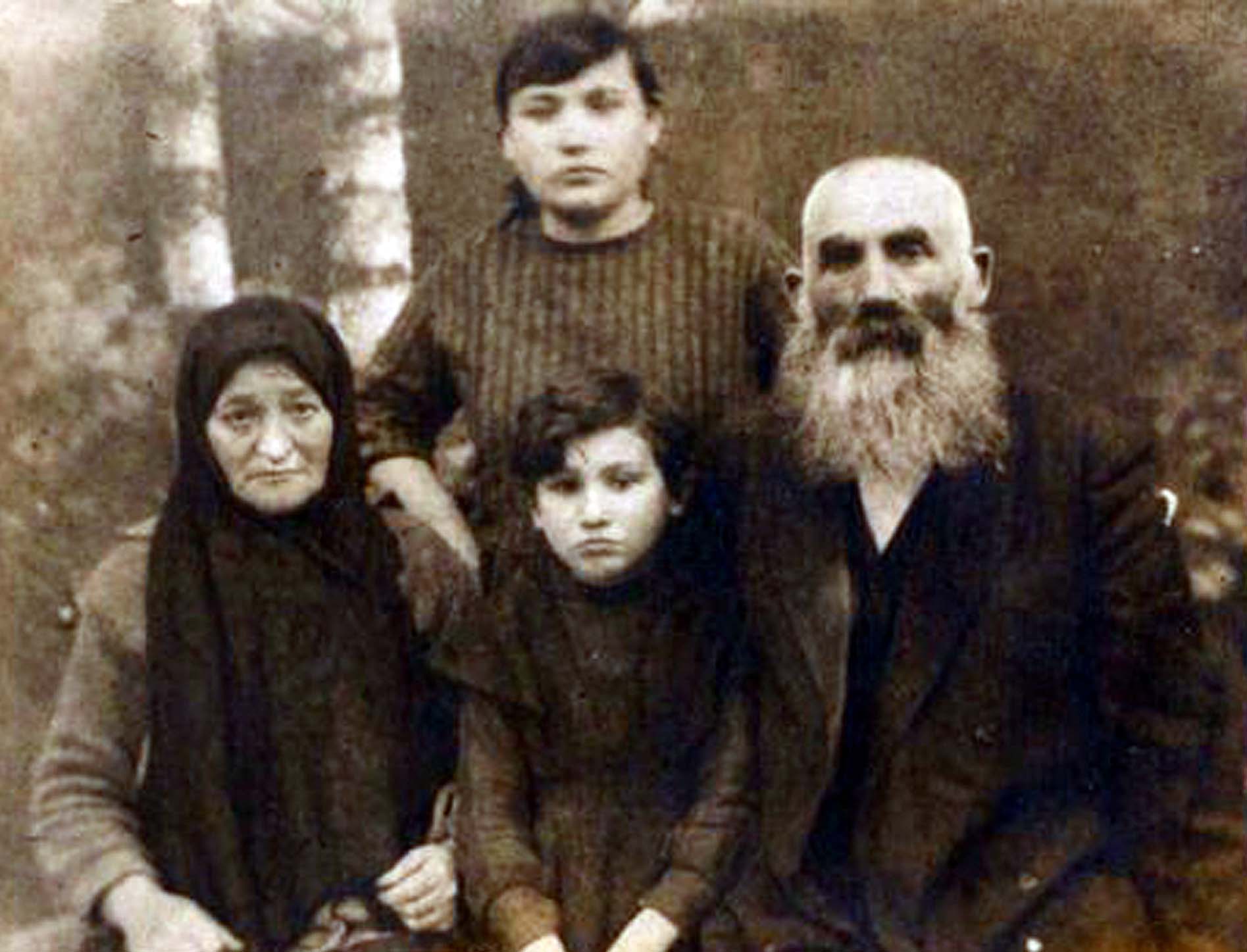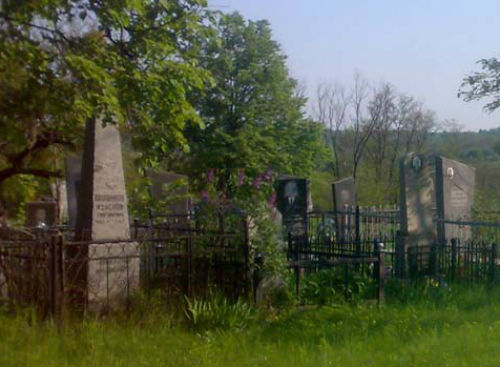The Stavisht Resident Database
by database creator, Karen Isabel Sanders ©2012
Several years ago, I was looking for the immigration records for my great aunts, Feige and Sheve Lewit. They were from the shtetl of Stavisht. I knew that they had arrived around the same time as my grandmother in 1921. My grandparents had traveled separately. Their surnames were reported very differently, so I knew to look for variations of their names. I decided that perhaps my great aunts came under very different names. I started searching solely for people from the village of Stavisht.
I routinely kept records of names and details about everyone I found from that village. I searched ship manifests from all ports; draft registration cards; Yad Vashem; naturalization papers; the JewishGen web site; and, all Internet sources that I could find. Soon, my list contained over 1,000 names. I recorded occupations, dates of birth, and names of other relatives, etc. I felt as if I was resurrecting the little shtetl of Stavisht. It felt good. My search for former Stavisht residents became an obsession that was almost as compulsive as my genealogy hobby. I felt that the Jewish population of Stavisht, which no longer existed, should be remembered for the vibrant community that it once was.
My next step in finding my aunts was to post an inquiry on the JewishGen discussion lists to see if I could get help with locating them, and of finding out more about Stavisht. I got an overwhelming response. I was directed to the ship manifests for my aunts by the wonderful members of JewishGen. I still felt driven to find the rest of the residents of Stavisht. I found out that the Yizkor book had been translated, but not yet published on the web. I received emails from other Stavisht descendants, and started up new friendships with these "cousins."
I received a copy of the Stavisht Yizkor Book, translated by Ida Selavan Schwarcz, and read it. Now I knew why my relatives never spoke about their hometown. The Yizkor Book contained stories of the horrors of the pogroms and of the loss of loved ones. However, there were also richly detailed stories and memories of everyday life, funny characters, and wonderful landscapes. I felt that the rest of my landsleit should be able to read these stories. I typed up the book's essays into Word (it had been done on a typewriter) and Vivian Linderman and I contacted Ida to see if she would review and re-edit the book for publication on JewishGen. After much work, it was accomplished. An added bonus to reading the book was the addition of several hundred more names for my database.
There are still people unaccounted for based on estimates in various sources. I know I am missing information on many that did not immigrate to the United States. However, I can feel my grandparents, great grandparents, great aunts and uncles and cousins all smiling down on me for the work I have done so far.
Notes on the Database
- The database lists people by their birth names, when available.
- Married names are in a separate column (in bold type), along with name changes and name variations.
- Occupations were culled from ship manifests, draft cards, stories, and other sources.
- The Dates of Birth and Death might not be accurate, as most were taken from the ship manifests.
- Date of Immigration is from ship manifests, naturalization papers, and passports.
- Under the Misc. category, I have included if the person was born in Stavisht or just lived there; if any other relatives are mentioned in the source materials; what port they arrived in; who they were going to stay with and what relative was still in Stavisht.
- References for each individual are in the last column. There are often multiple references for each person. I have come upon contradicting information for some people, and have done my best to reconcile the descrepancies. However, I do not claim that this database is 100% accurate. Please use it as a jumping off point for your own research.
- If the reference number 40 is shown for your relative, your relative believed in a Jewish state and purchased assets there - bank accounts, stocks, bonds, etc. Check the website of the Hashava: Holocaust Restitution Company of Israel to find the name and forms to request assets. Search on the name or use the spelling, Stawishtsche, on the City search field to bring up all records from the town. Assets are available to heirs by completing the request forms.
- The database was originally completed in 2012 and updated in 2016.


